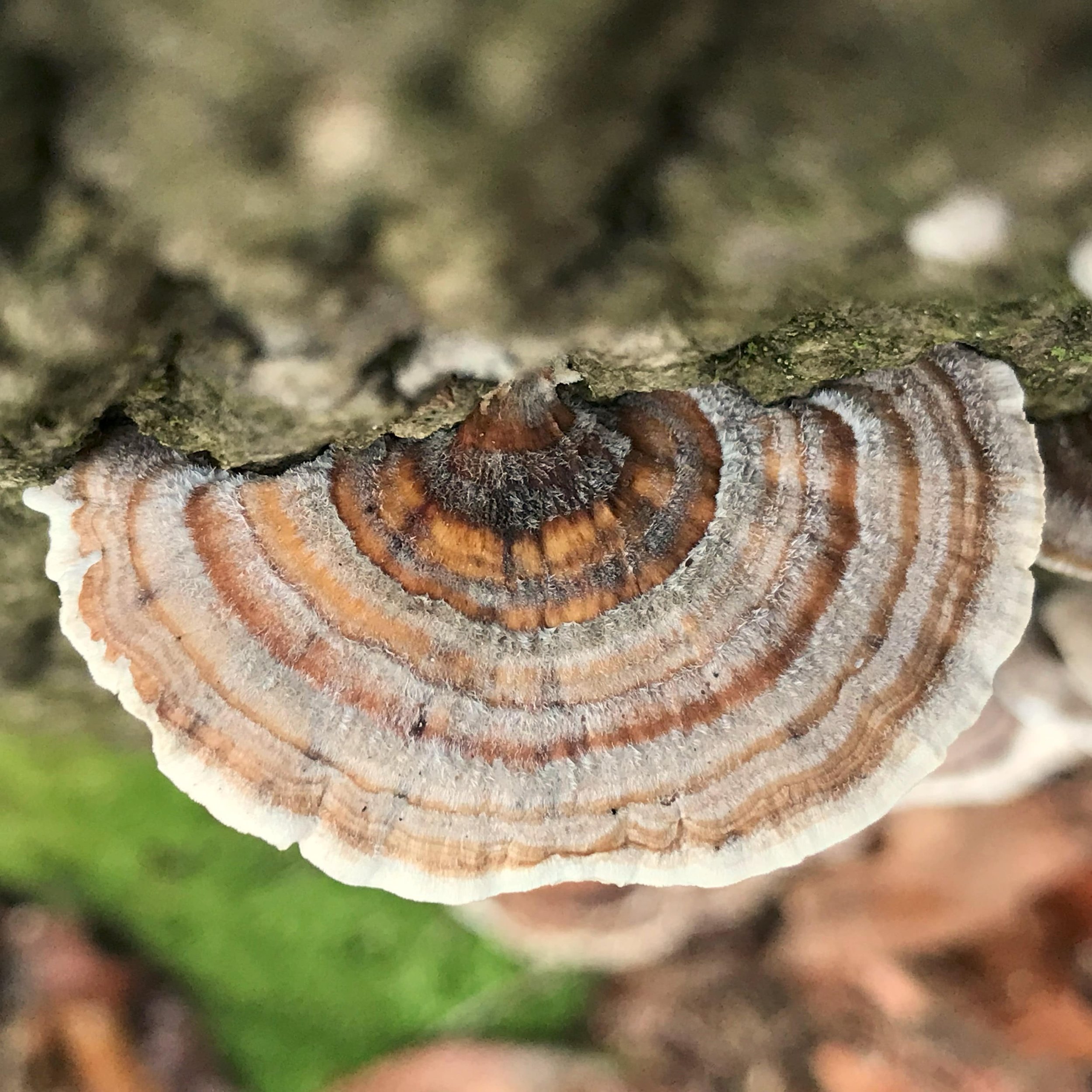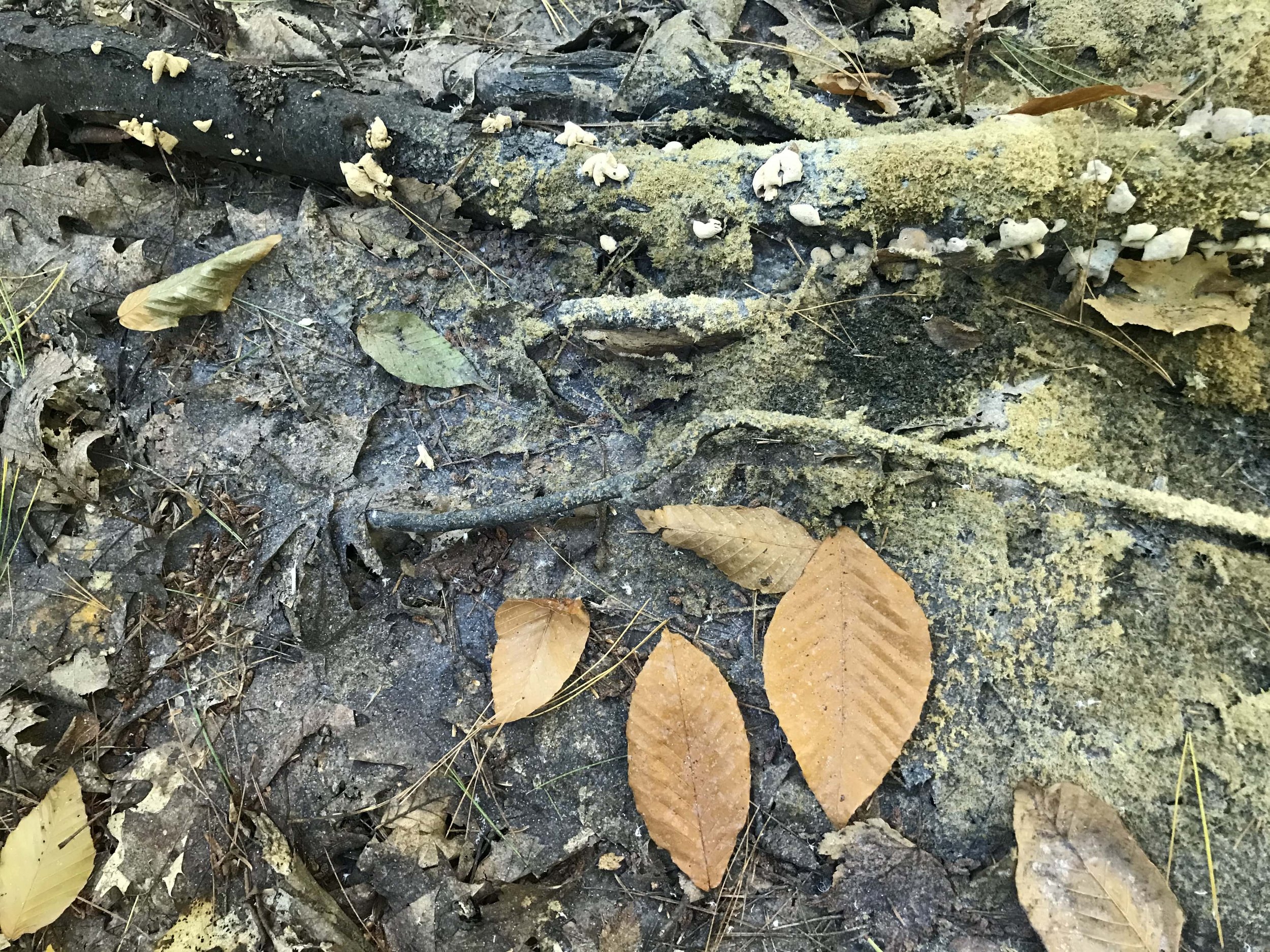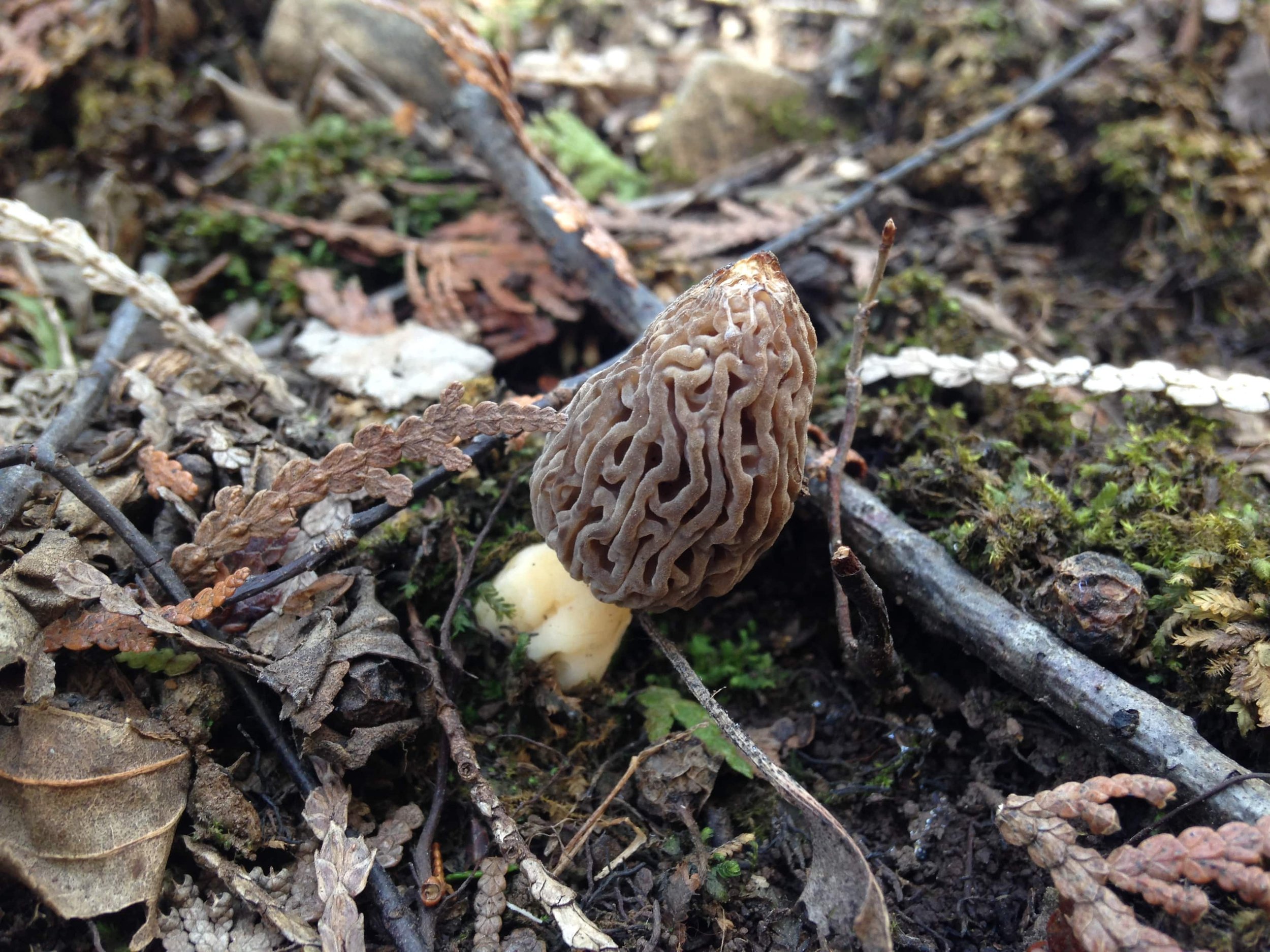
A show about relationships with the land
There are many ways to listen to the show: Listen live on CFRU 93.3 fm broadcasting from the University of Guelph Mondays at 6pm EST or listen to the podcast via Spotify, Apple, or just follow the rss feed.

Ep. 253 : Mushroom Color Atlas with Julie Beeler
As Julie Beeler writes, it wasn’t until 1969 that fungi were taxonomically separated from plants and recognized as inhabiting their own kingdom. There is so much that we do not understand about their taxonomy, their natural history, their functions in their ecosystem, or their medicinal values. With all that we do not know, Julie Beeler’s amazing work, set on paper as the Mushroom Color Atlas draws a clear path towards understanding the possible tones and timbres of colour and shade which we can pull from some of members of this vast kingdom.

Ep. 239 : Wood Rots
Ok, so this is weird, but I love death.
Dying, decay, decomposition, breakdown.. synonyms that sort of warm my heart in a strange kinda way. When I think of death I think of nutrients breaking down into small parts, making it easier for other things to consume and to continue to grow and live. I too am grateful to those things which help break things down. The decomposers which turn trees into soil and enable all the plants to grow, soil bacteria to thrive and create suitable substrates to all the fungal bodies in the dirt.
Today’s show is all about those fungal forms which help breakdown trees into consumable soil nutrients; white rot and brown rot. I have talked about them before on the show, but I wanted to dig in a little bit more.

Ep. 231 : Turkey Tail
You know when there is someone kicking around the party whom you recognize, maybe even say hello to, but you just don’t know that well? Or perhaps you two have been acquainted for a while but something comes up and that gets you talking a little more intimately? I feel like that with Turkey Tail (Trametes versicolor). I wanted to try my hand at foraging and creating some medicine, but really I needed to read up on what others have sorted out before I prepare anything for ingestion.

Ep. 229 : A Mushroom Folk Tale
My room, my house, my bags are all full of books, twigs, fruits, feathers, seeds, nuts, and bits of mushrooms this time of year. So too my stomach, my dreams, and my heart. My bedroom is littered with naturalist books and books of fairy tales and myths which I pull out and read before I turn out the light. I love the folk tales because if you read them in the right light, they share stories of relationships with the land from before christian colonization. For me, of european descent, this gives insight to how my ancestors may have gotten to know the places they lived and who they depended on to live good lives in relation with the lands they lived with.

Ep. 227 : Honey Dew Eater
Scattered in the back of the Main tract there are many American Beech trees. Some tall, some small, but they are there amidst the Red Oaks (Quercus rubra) and Sugar Maples. If you look close at the branches of these Beech trees you'll find little white fluffy insects dancing about in huge colonies. These are the Wooly Beech Aphid and they are there sucking sap out of the Beech tree. Now when any animal consumes their fill of whatever it is they are consuming, they must release the waste, and so too with the Aphids. This waste, called Honey Dew, is dropped and as it falls lands on the leaves, branches, and ground below. When this happens, the spores of the Honey Dew Eater come around and land on the Honey Dew and begin their life cycle.

Ep. 226 : Lichens with Troy McMullin
Lichens been a draw for me for the last few years. When it comes to a diversity of lifeforms coming together in a fungal structure to draw down nutrients from the atmosphere, to beautify a landscape, to feed some of the largest land mammals down to sheltering some of the smallest arthropods, I’m hooked.
For many of us, the problem has been where to start, how to get into the lichens, how to identify them and how and where do we learn what roles and functions these forms of life have on the land?
In comes Dr. Troy McMullin, lichenologist, author of dozens of papers on lichens, describer of 10 species new to science, and author of the new book Lichens : The Macrolichens of Ontario and the Great Lakes Region of the United States out on Firefly Books.

Ep. 216 : Morel Mushrooms
Lately a lot of folks I know have been finding Morels in and around the city where I live. Possibly one of the most prized edible fungi on the planet, everyone seems very excited to bring them home and cook them into an ephemeral dish. If I find a bunch I may do the same, but until then I wanted to look into this amazing fruiting body a little bit more.

Ep. 199 : Death and Decomposers
Tis’ the season to be considering the concepts of death and decay. We can smell it in the cool wet woods, and we can see it draped across the doorways along our streets. Skeletal trees sway with boney branches scratching at grey skies, and the dark is ever creeping in. Why not celebrate some of the most profound and interesting parties involved in this death and decomposition : Fungi!

Other platforms where you can listen to the show :
As well as : Breaker : Overcast : Pocket casts : RadioPublic



